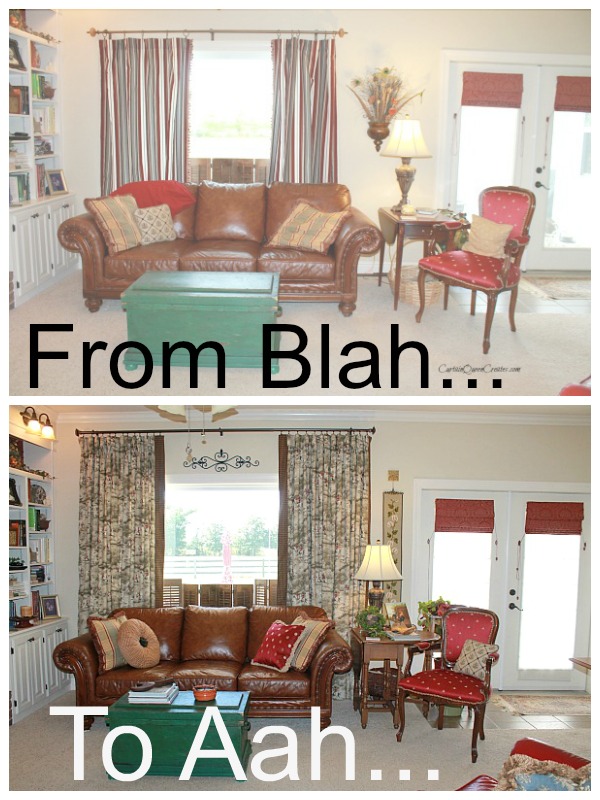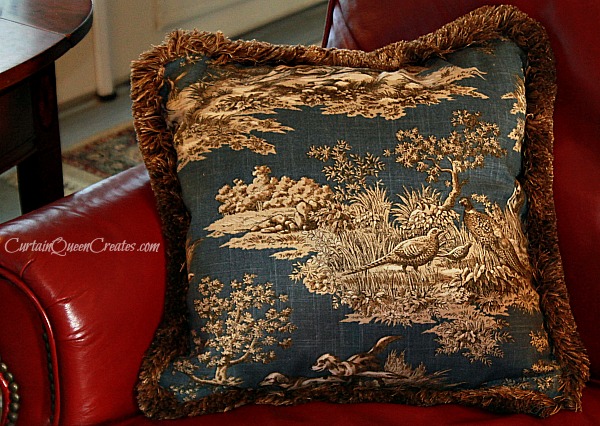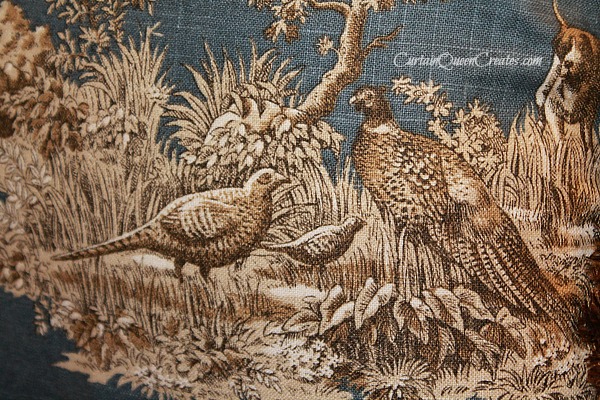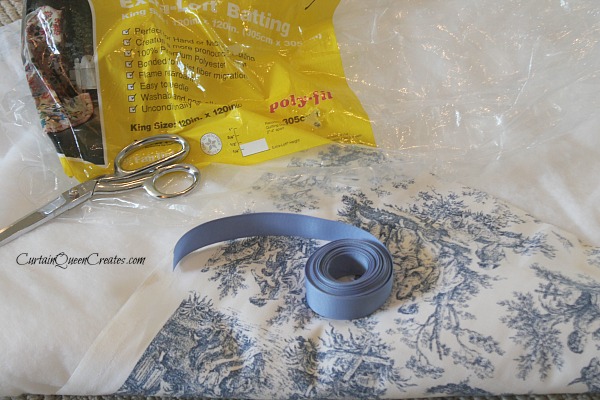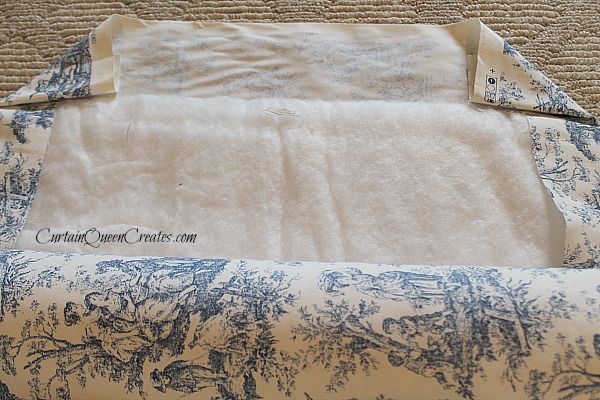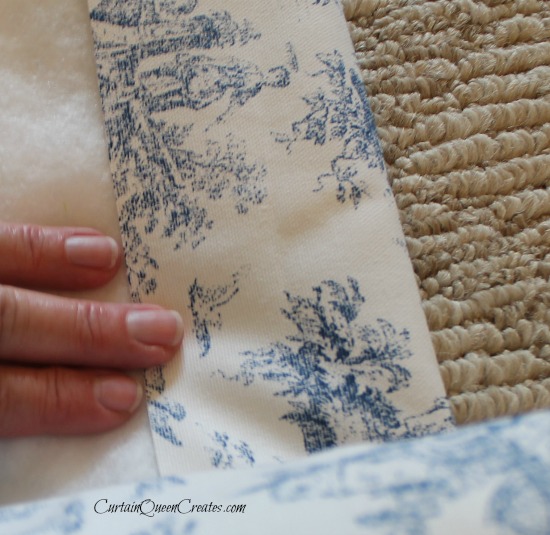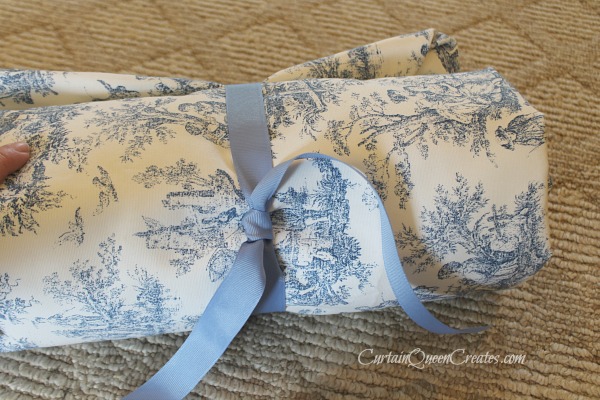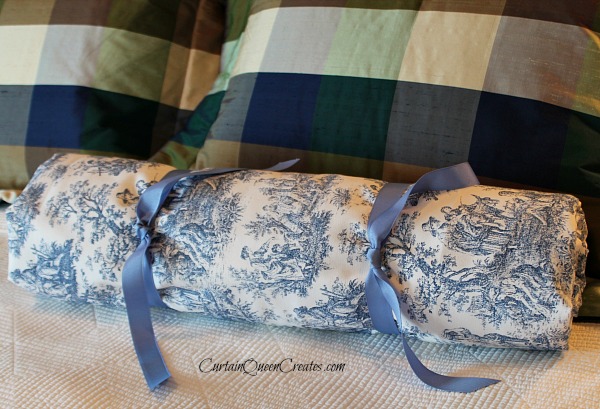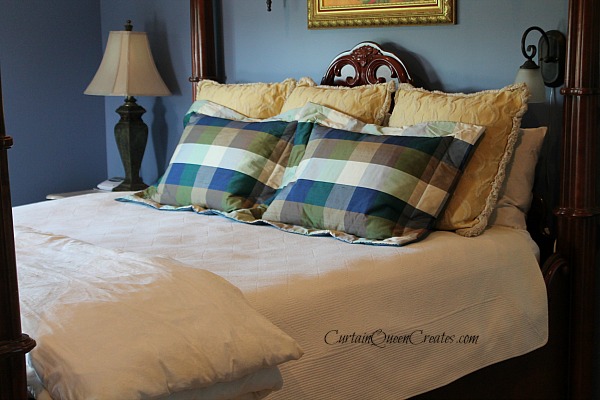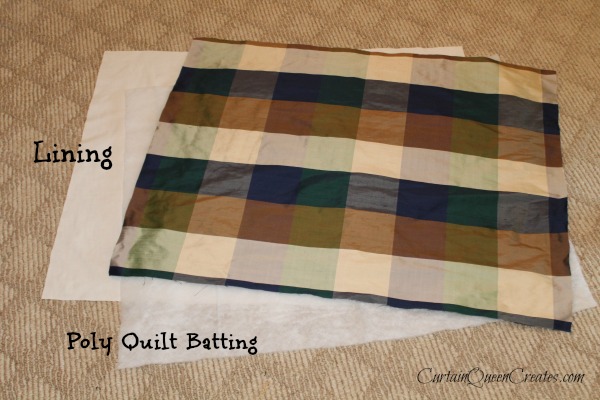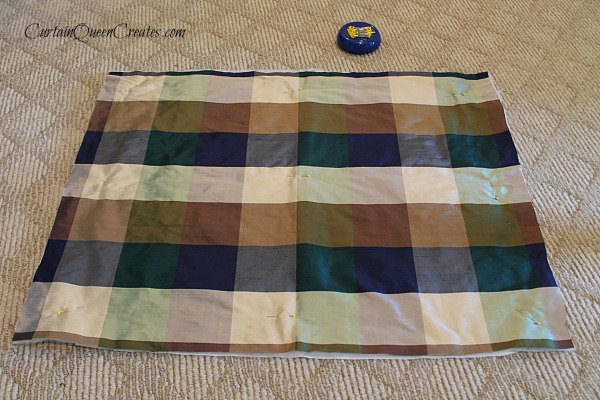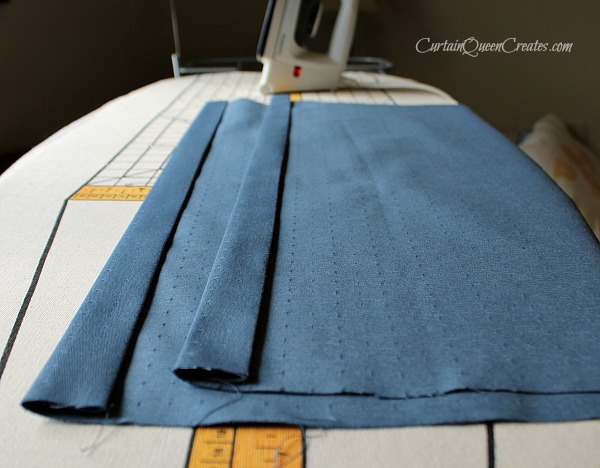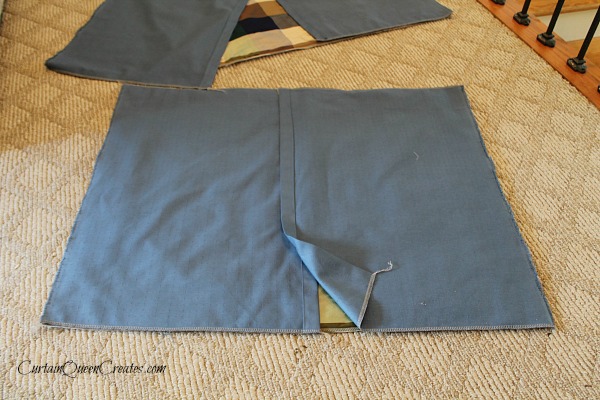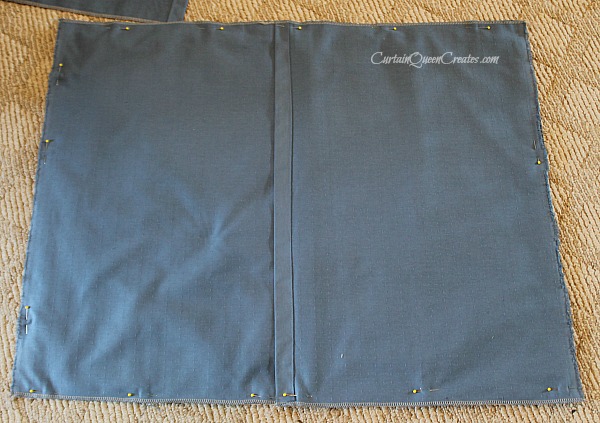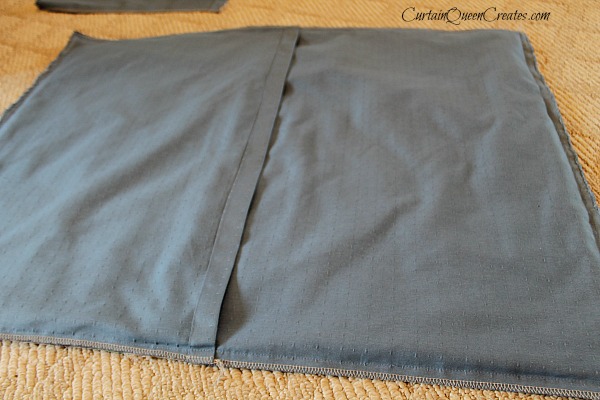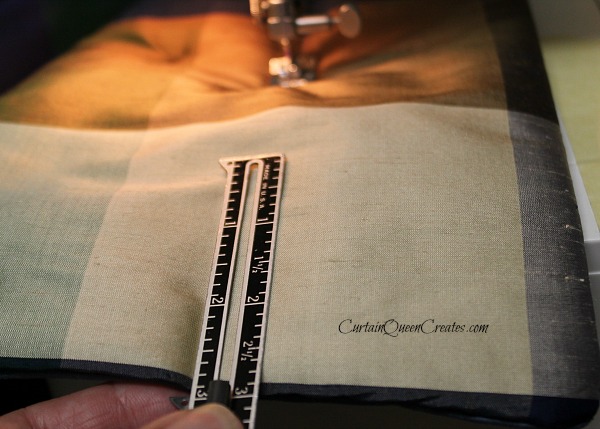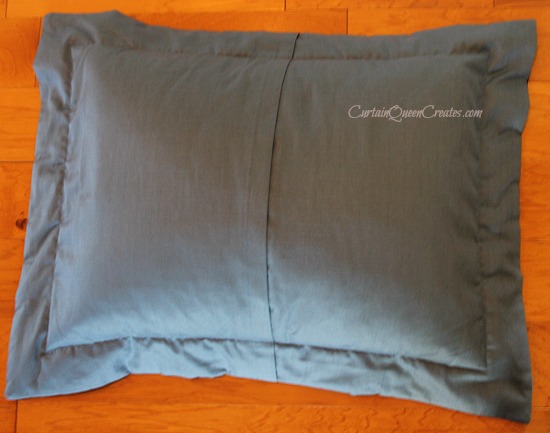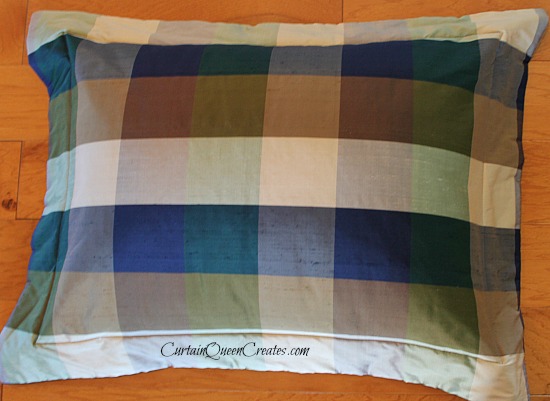HOW DO YOU CHOOSE A MACHINE WISELY?
That has been a popular question this week. I’ve been planning to make a video on exactly what you need for sewing home decor. Later.
Readers are asking questions about sewing machines regarding my 3-Step DIY on Covering Outdoor Cushions post. Personal emails come from access to my contact page. The questions keep coming up NOW. So, I decided to help you navigate this as far as my knowledge on the subject and the level of research I’ve personally done.
There is a difference. I know this because I started out my sewing apprenticeship (ha!) in clothing. And, the machine needs are different.
Can I just be real about this topic – the topic of making clothing – again? No offense to ANYONE who is proficient at sewing clothing. I promise. I envy your clothing queendom. But, then again, I don’t. (Hey…I promised real.)
Sewing clothing, for me, is tedious – and a huge use of my time. When I could go to a store and buy something I like (even better!) and pay just as much as I spent on fabric for the item that takes me days to make, what’s the point?
There’s no wisdom in that (for me).
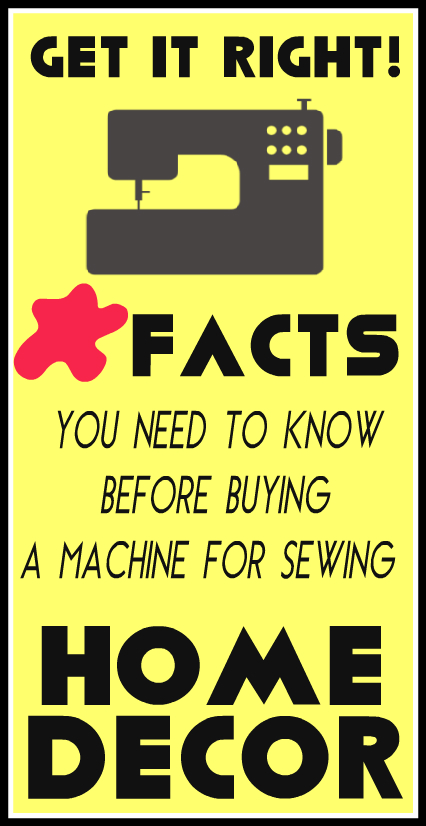
Sewing home decor is a different story. There is a huge difference between the look of a room (and the cost of it, too) that is made with window dressings and textile accessories that have custom fabrics and fine finishing.
Hand-sewn hems – deep hems – for the lush-ness of custom,
Linings added for strength, flow, durability, and longevity…,
Companion fabric accents and trimmings for added details and decorative punch,
Colors perfectly blended for the feel you desire your room to exude.
Yes, you get all of that! Oh, and that is why you need a certain type of sewing machine – unless you have an unlimited supply of green to pay someone else for the look of custom.
But why do that when you can do it yourself and save thousands? And that’s the major difference between making clothing and home decor. With window treatments alone, you save thousands over a lifetime of making your own. I never saved a penny with making my own clothing.
Now that I’m finished with my rant, here’s the nitty-gritty on sewing machine selection – if you’re in the market for a machine to sew home decor.
This machine at first glance appears to be awesome. Even the reviews are very high at 4.5 stars.

SINGER 7258 Stylist Award-Winning 100-Stitch Computerized Sewing Machine with DVD, 10 Presser Feet, Metal Frame, and More
Wow! Look at all those stitches it will make. Impressive, huh? You bet. But…that means more can go wrong with this machine. Anything electronic that we can’t repair ourselves must be taken to an expert to get it up and going again.
Can I also tell you that for sewing home decor, you’ll never need more than these stitch settings?
The straight stitch,
the zig-zag stitch,
a hem stitch for quick hems (not necessary, but nice to have),
and a button-hole stitch as a bonus.
So, anything in addition to these is extra you don’t need for making window treatments and accessories. The more that’s there, the more that can malfunction.
The reviews were looking very good on this machine. It pays to read the Frequently Asked Questions, as well! When I read the answer to a question about the thicknesses it will stitch over, it stopped me in my tracks. The answer was, for hemming jeans, zig-zag the edge and turn it under once and stitch over only two layers.
Here’s your sign: No double-rolled jeans hem for this machine. Do you hear the buzzer sounding?
How in the world would you sew several layers of fabric when constructing window treatments made of heavy-weight fabric plus lining? Even a corded pillow requires stitching over six layers of fabric at the cording joint – four layers around the remainder of the pillow.
So…THIS machine would be my top pick right now – without actually using it, mind you. I know. Old school, right? There is nothing wrong with old school. Old school has served me very well for all of my life.
 SINGER 4423 Heavy Duty Extra-High Sewing Speed Sewing Machine with Metal Frame and Stainless Steel Bedplate
SINGER 4423 Heavy Duty Extra-High Sewing Speed Sewing Machine with Metal Frame and Stainless Steel Bedplate
But there’s no computer screen. (Say maybe you.)
That’s right – and less to malfunction. There’s nothing worse than your machine going out on you in the middle of a sewing project.
The 4423 got 4.5 stars, as well…and is cheaper. And there are more details you should know – too many for me to list here. Read all the review comments, FAQ’s, and specs here*: SINGER 4423 Heavy Duty Extra-High Sewing Speed Sewing Machine with Metal Frame and Stainless Steel Bedplate
This machine is said to be extra hardy with its heavy duty metal frame. It will sew over several layers of fabric, which YOU WILL NEED for sewing certain home decor items. Speed is a plus, but that’s not something that would be high on my list.
My affiliate link*:
//ws-na.amazon-adsystem.com/widgets/q?ServiceVersion=20070822&OneJS=1&Operation=GetAdHtml&MarketPlace=US&source=ac&ref=tf_til&ad_type=product_link&tracking_id=curtqueecre0b-20&marketplace=amazon®ion=US&placement=B003VWXZQ0&asins=B003VWXZQ0&linkId=WNZKDK4NMK7KEU7T&show_border=true&link_opens_in_new_window=true
There is something else to consider. If you are just learning to sew and not sure you’ll even like it, you could go with a less expensive machine with the idea of upgrading later. There are many Brother machines for under $100.
But…the Singer 4423 is so inexpensive, it’s worth getting it for the long haul. If you decide to never sew again, you could sell it easily on eBay – or keep it for those mending projects we all put off forever. 😉
Just so you know, I plan to order this machine and give it a test on several projects before a sure-fire recommendation. If you’re not a follower by email posts, you can sign up here so you won’t miss out on my next post about this machine. Plus, you get my free e-book, which is a PDF that doesn’t require a special e-reader device. 🙂
Any questions or comments about these choices? I know I haven’t discussed other brands, but I can. What brand would you like me to review?
Blessings~

I’m sharing this post at Metamorphosis Monday.

